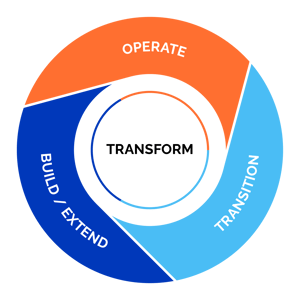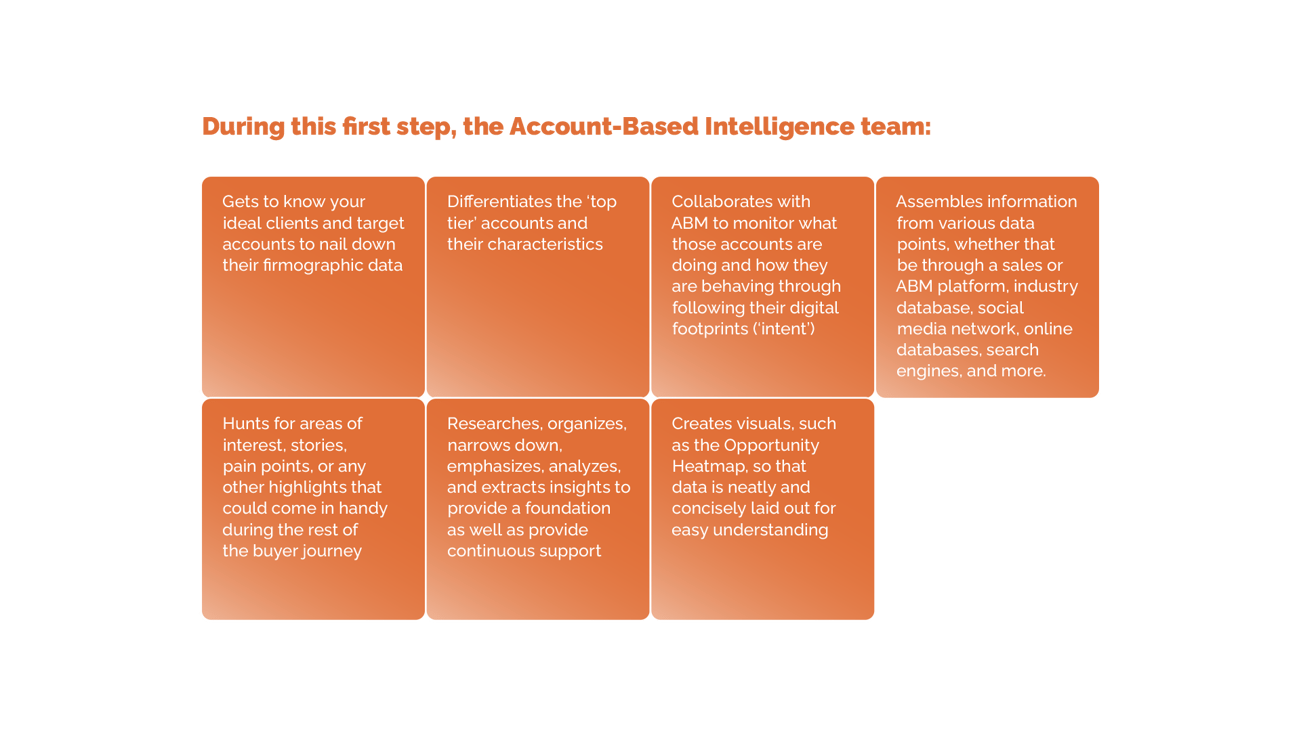Defining Different Types of Business Transformation
The business world is shaken by the repercussions of current events and those in the near past. With our economic conditions becoming more and more...

Transition projects can offer an excellent opportunity for growth and expansion while complying with current business trends on the market. This is especially important in today’s economic haze where transformation is an urgent necessity. For some companies, reinventing and reshaping themselves might be the only way to stay relevant.
Transforming businesses is however often viewed as a challenging and fearsome task even when there is no urgency required – and rightly so!
Hence its promising and exciting benefits – such as building resilience, staying agile and ultimately better return on investment - we must not forget to assess any transformation strategy closely and critically before taking a deep dive into the implementation. Without calculation and preparation, we can doom the project even from day one.
We may ask - how exactly should we prepare for a long-term and successful business transformation then? Let’s review a few points that can be crucial to touch upon during the preparations and initial discussion!
The success of a transformation project is greatly dependent on the initial planning and alignments before the actual implementation - through understanding the process, establishing major principles, and agreeing on certain objectives.
Among the top priorities is to understand that we must adopt a highly holistic approach for a successful business transformation. As McKinsey writes, ‘a comprehensive approach to organizational transformation is more conducive to lasting change’, which is clearly indicated on the image below.
-2.png?width=500&height=370&name=Screenshot%20(107)-2.png)
The top 78% has reportedly taken multiple actions and assessed their transformation strategy accordingly. The main reason for applying such approach lies in the fact that apart from bigger and more palpable changes, the small and meticulous improvements are the ones that result in fundamental transformation, giving a sturdy foundation for success. These must include almost all parts of the organization from strategy, through structure to practices.
It might appear that we have an exhaustive list of factors to look out for, but there are a few steps that research has shown to be predictive of successful transformation and better value capture (McKinsey). These steps can be taken from the very first day of the implementation and should be prioritized at the beginning.
When an organization relies extensively on facts to evaluate the highest possible financial gain that can be obtained from a transformation - its leaders feel more confident in establishing and pursuing ambitious but feasible objectives that accurately reflect the transformation's best potential. This gives us a great general idea of the possibilities of the project.
Another research shows that ‘when companies set high expectations, people tend to meet them’ and reports that ‘the most successful transformations (based on TRS performance) set financial targets at 75 percent or higher of trailing earnings.’ Therefore, we can conclude that setting bold targets after the business assessment is another clever way to enhance our project from the very beginning.
Simply establishing such ambitious goals for a transformation alone itself is not enough. It is important for colleagues to understand the implications of these objectives on their daily tasks and what possible changes or modifications it might require from them. Without setting tangible goals and a clear understanding of how these goals are connected to the transformation, there may be no change in their behaviour or work processes.
Naturally, the communication of the objectives is the responsibility of the leadership. For this reason, it is crucial to find the best way of knowledge sharing throughout the organization. As survey findings indicate on the chart below, ‘making an organizational transformation’s goals tangible for all employees takes more than just one-way communication.’
-2.png?width=500&height=316&name=Screenshot%20(109)-2.png)
Those organizations that tend to assign their top talents to critical initiatives more frequently than others usually achieve better results on their transformation project as well. This only reinforces the significance of connecting business and talent objectives by gaining a clear understanding of where true value is generated within the company, and which individuals possess the expertise and abilities to create such value.
To conclude, the success of a transformation project is heavily dependent on the earliest steps taken in the initial stage of the implementation. Taking an approach as meticulous and agile as possible regarding resources, organizational structure, and strategy is a key differentiator for any enterprise.
To make the transition smooth and fluent while ensuring that improvements are thoroughly and properly integrated throughout the entire organization, many decide to employ proven business frameworks during their journey – such as the Agile Business Transformation Model.

With its three pillars, it is ready to accelerate transformation plans, providing quick and smooth transition, valuable expertise, and experience throughout the process.
At the core of the Agile Business Transformation Model lies the account-based approach. It aims to revolutionize traditional lead-based demand generation methods with an innovative account-based one through different business functions such as Account-Based Marketing (ABM), Account-Based Sales Development (ABSD), and more.
The initial phase of the transformation model involves building and extending the company's internal team.
The second phase is a managed service, which underscores the importance of collaboration between the external and internal teams.
The third and final phase is paramount, as it is responsible for delivering a lasting impact on the business. This is accomplished through a knowledge handover that involves training the company's internal team and facilitating their transition to an account-centric growth organization.
If you want to learn more about this transformation model, follow this link and explore more!

The business world is shaken by the repercussions of current events and those in the near past. With our economic conditions becoming more and more...

Where there is a will… The changes in economic currents are inevitable. Sometimes they are relatively predictable, signs hinting at an upcoming...

OVERCOMING CHALLENGES OF B2B MARKET IN THE PAST AND PRESENT

TOPO’s “2019 ACCOUNT BASED BENCHMARK REPORT” – which included 150 account-based organizations - showed that every participant reached or exceeded a...

Introduction Although changes are governed by various factors, rapid industry evolution never stops. Whether internally or externally induced,...

Businesses across different sectors and industries are facing hardships amidst the economic haze that has been looming over the world from the...
Introduction The turmoil of the last few years appears to have reached new heights, as inflation, the energy crisis and the remnants of the global...

Spam isn’t just unwanted email. It’s any uninformed, irrelevant interaction. It wastes your time and money. And annoys the buyers you were hoping to...

If you’ve clicked on this article, there’s a fair chance you are considering outsourcing your sales, marketing, customer success and overall revenue...

“Every company wants to increase revenue.” That’s a pretty safe and agreeable statement to make.

Discussion on how some technology enterprises are capitalizing on the downturn.

Today’s sales and marketing teams don’t have access to the right data to know which accounts to pursue, and what to say. They’re forced to rely on...